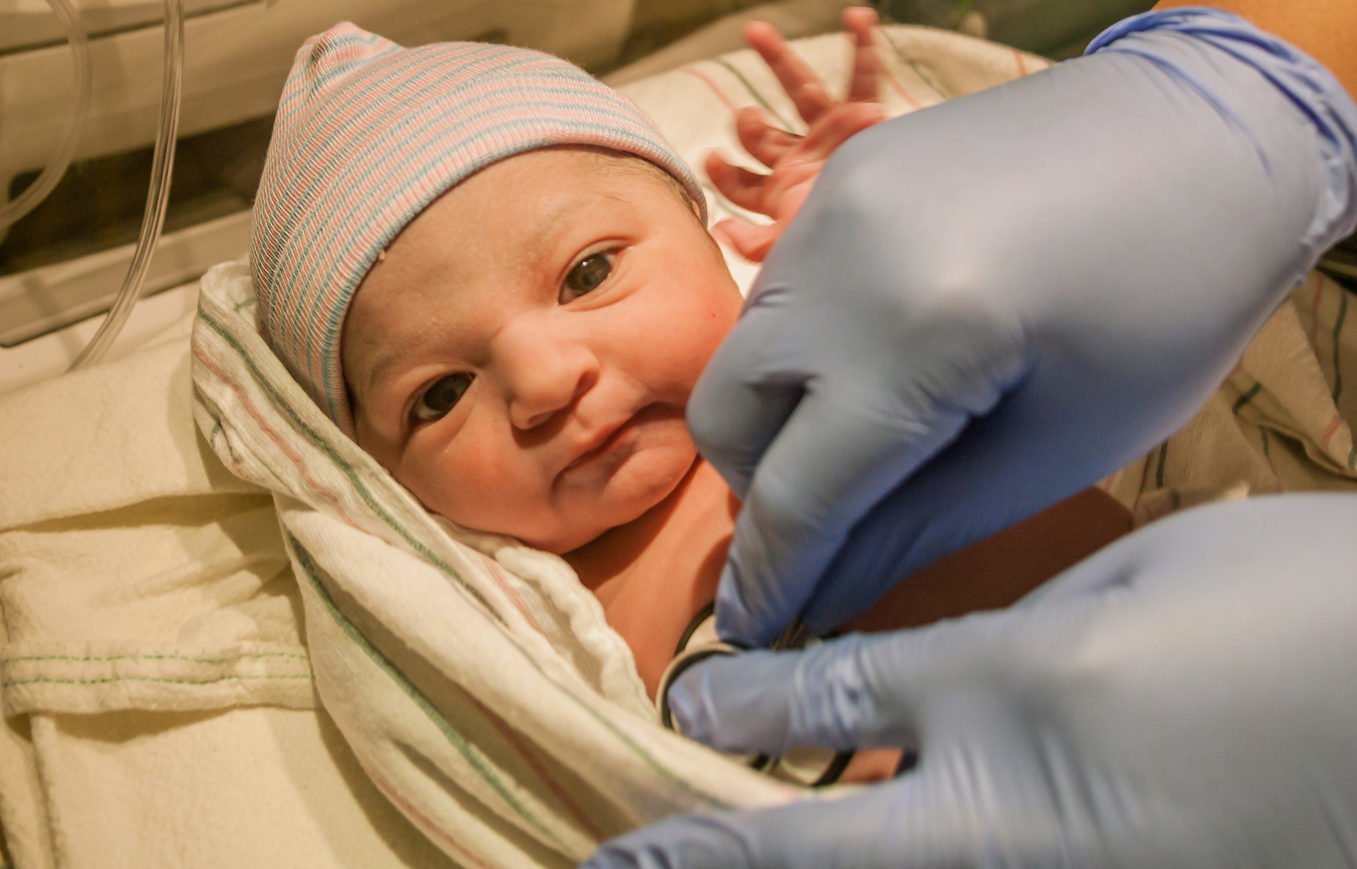
NEARLY 800 babies were born suffering the effects of their mother’s drug addiction in the past three years in Scotland – with experts warning the true toll is likely to be higher.
New figures show 774 babies were recorded as affected by addiction or suffering withdrawal symptoms from drugs between 2014 and 2017.
The drugs pass from mother to foetus through the bloodstream, resulting in babies suffering a range of withdrawal symptoms after birth and developmental delays in childhood.
Consultant neonatologist Dr Helen Mactier, honorary secretary of the British Association of Perinatal Medicine, said there was a “hidden” number of women who took drugs in pregnancy and varying definitions of drug misuse in pregnancy which meant figures were likely to be an underestimate.
She said: “The problem largely in Scotland is opioid withdrawal – heroin and methadone.
“The baby withdraws from these substances and they are very irritable, cross, unhappy children who can be quite difficult to feed until they finally get over the withdrawal.”
Dr Mactier said at birth the babies were usually small, and had small heads and visual problems. She added there is evidence they suffer developmental delays in early childhood.
The figures, revealed in a written parliamentary answer, show an increase of 80% in cases from the three-year period from 2006-9, when 427 babies were born with the condition.
However, it said the data over time should be treated with caution as there has been an improvement in recording drug misuse.
The highest numbers over the past three years were recorded in Grampian, which had 169 cases. Glasgow had 137 cases, while Tayside recorded 90, Lanarkshire 78 and Lothian 72.
Numbers have been dropping since 2011-14, when a peak of 1,073 cases were recorded.
Dr Mactier, who works at Glasgow’s Princess Royal Maternity Hospital, said having to treat babies born addicted to drugs was becoming less common in recent years.
She said: “The numbers are coming down, but we are not sure why. It is partly because women who use drugs intravenously tend to be older, so are becoming too old to have children.”
However, she pointed out one controversial area was stabilising pregnant addicts on heroin substitutes such as methadone.
She added: “That may be good for the mum, to keep her more stable and out of criminality. It is not entirely clear if that is safe for the babies, so we need more research.”
Scottish Conservative health spokesman Miles Briggs, who obtained the figures, said: “It’s a national tragedy that we see such numbers of babies being born requiring drug dependency support – we need to see action to help prevent this harm occurring.”
Martin Crewe, director of Barnardo’s Scotland, said: “We know how important it is for children to get a good start in life. We would like to see no babies born requiring drug dependency support.”

Enjoy the convenience of having The Sunday Post delivered as a digital ePaper straight to your smartphone, tablet or computer.
Subscribe for only £5.49 a month and enjoy all the benefits of the printed paper as a digital replica.
Subscribe